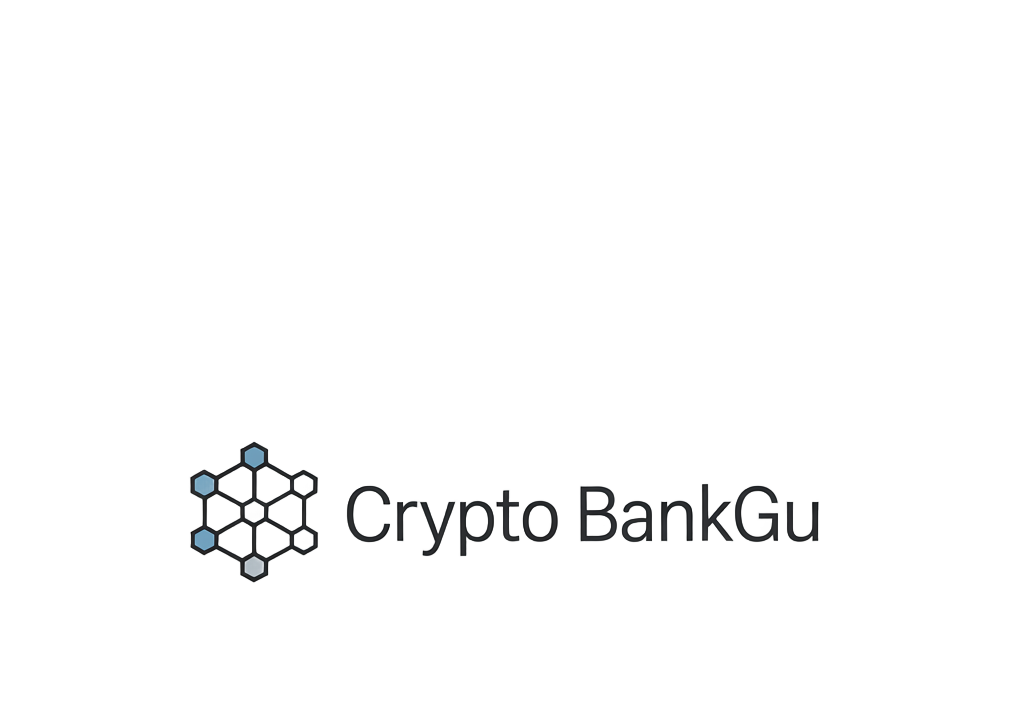
Santander’s Openbank has officially ignited the German crypto banking landscape, launching a MiCA-compliant trading service that brings digital assets directly into the heart of mainstream finance. With this move, Openbank leverages its parent company’s global trust and compliance standards to answer the surging demand for regulated crypto access among retail clients in Europe.
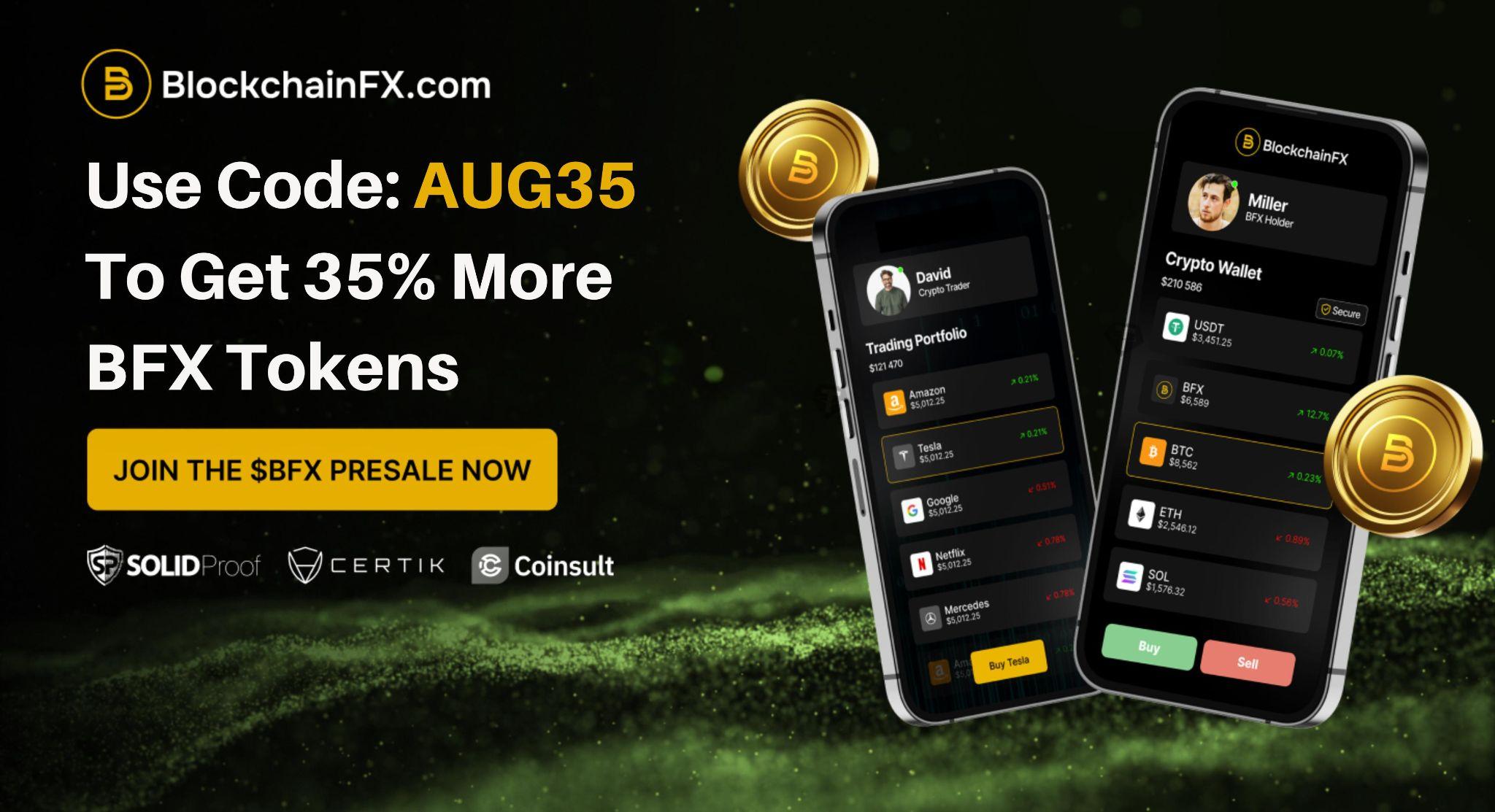
Openbank Crypto Trading: What’s on Offer for German Clients?
Starting September 16,2025, Openbank customers in Germany can buy, sell, and hold five major cryptocurrencies – Bitcoin (BTC), Ether (ETH), Litecoin (LTC), Polygon (MATIC), and Cardano (ADA) – all through their existing accounts. This integrated approach eliminates the friction of moving funds to external exchanges or wallets, making it especially appealing to those who want a seamless bridge between traditional and digital assets.
Openbank’s platform stands out by letting users manage their crypto alongside stocks, ETFs, and mutual funds. The result is a unified dashboard where portfolio diversification is just a click away. For investors who want exposure to digital assets without leaving the comfort zone of a regulated bank environment, this is a significant leap forward.
Santander Openbank Crypto Fees: Transparent and Competitive
Fee transparency is a sticking point for many retail investors when it comes to crypto trading. Openbank addresses this head-on with a straightforward fee structure:
- 1.49% transaction fee per trade
- Minimum fee of €1 per transaction
- No custody fees for holding assets within your account
This means clients pay only when they buy or sell – not for simply holding coins in their account. Compared to specialized exchanges that often tack on ongoing custody charges, Openbank’s model lowers barriers for longer-term holders and active traders alike.
Santander Openbank vs. Standalone Crypto Exchanges: Pros & Cons
-
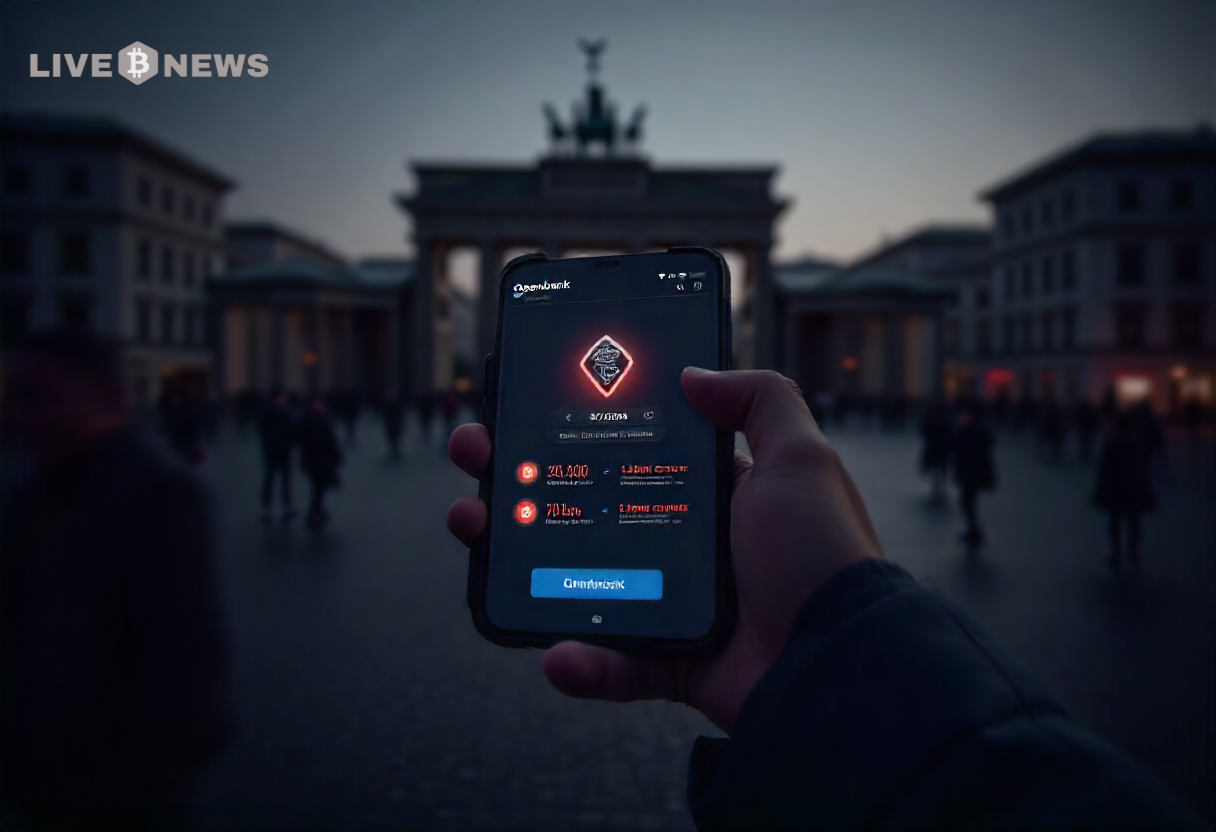
Integrated Banking & Crypto Management: Openbank lets users buy, sell, and hold Bitcoin, Ether, Litecoin, Polygon, and Cardano directly alongside traditional assets (stocks, ETFs) in one platform—no need to transfer funds to external exchanges.
-
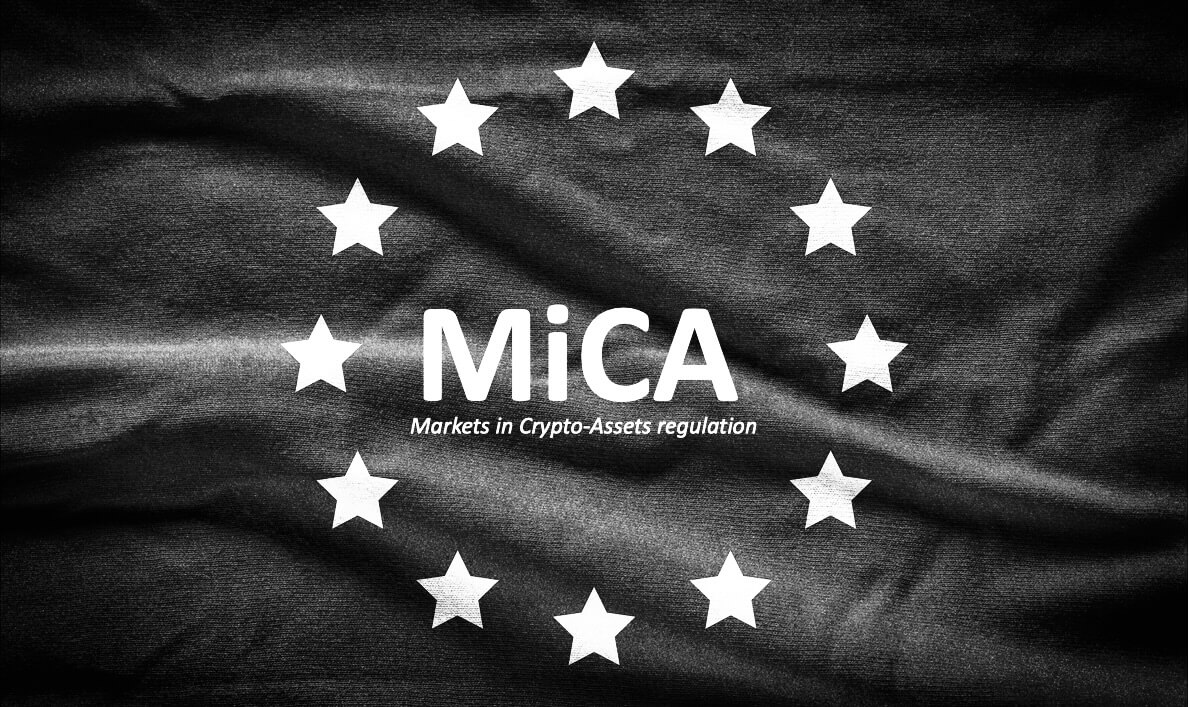
MiCA-Compliant Security & Regulation: Openbank’s crypto service operates under the EU’s MiCA regulation, offering higher investor protection and regulatory oversight than many global standalone exchanges.
-
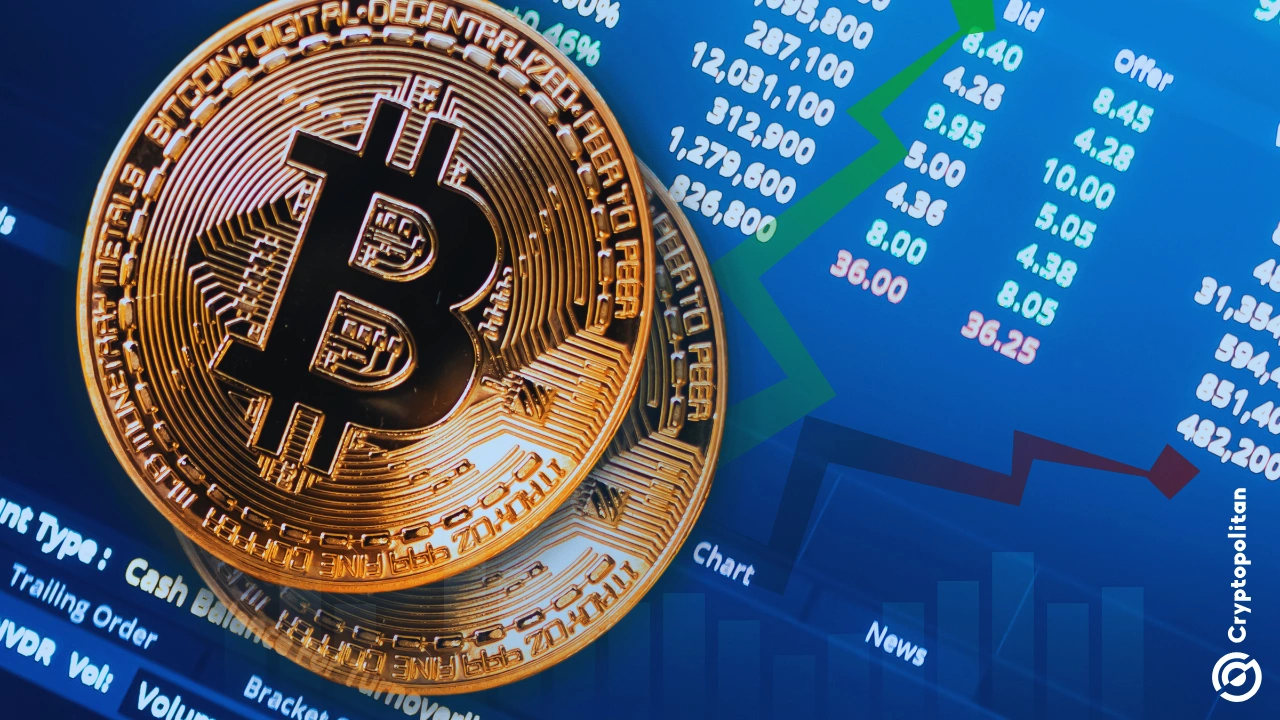
Transparent, Flat Fee Structure: Openbank charges a 1.49% transaction fee with a €1 minimum and no custody fees, making costs predictable—many standalone exchanges charge variable fees and may add holding costs.
-
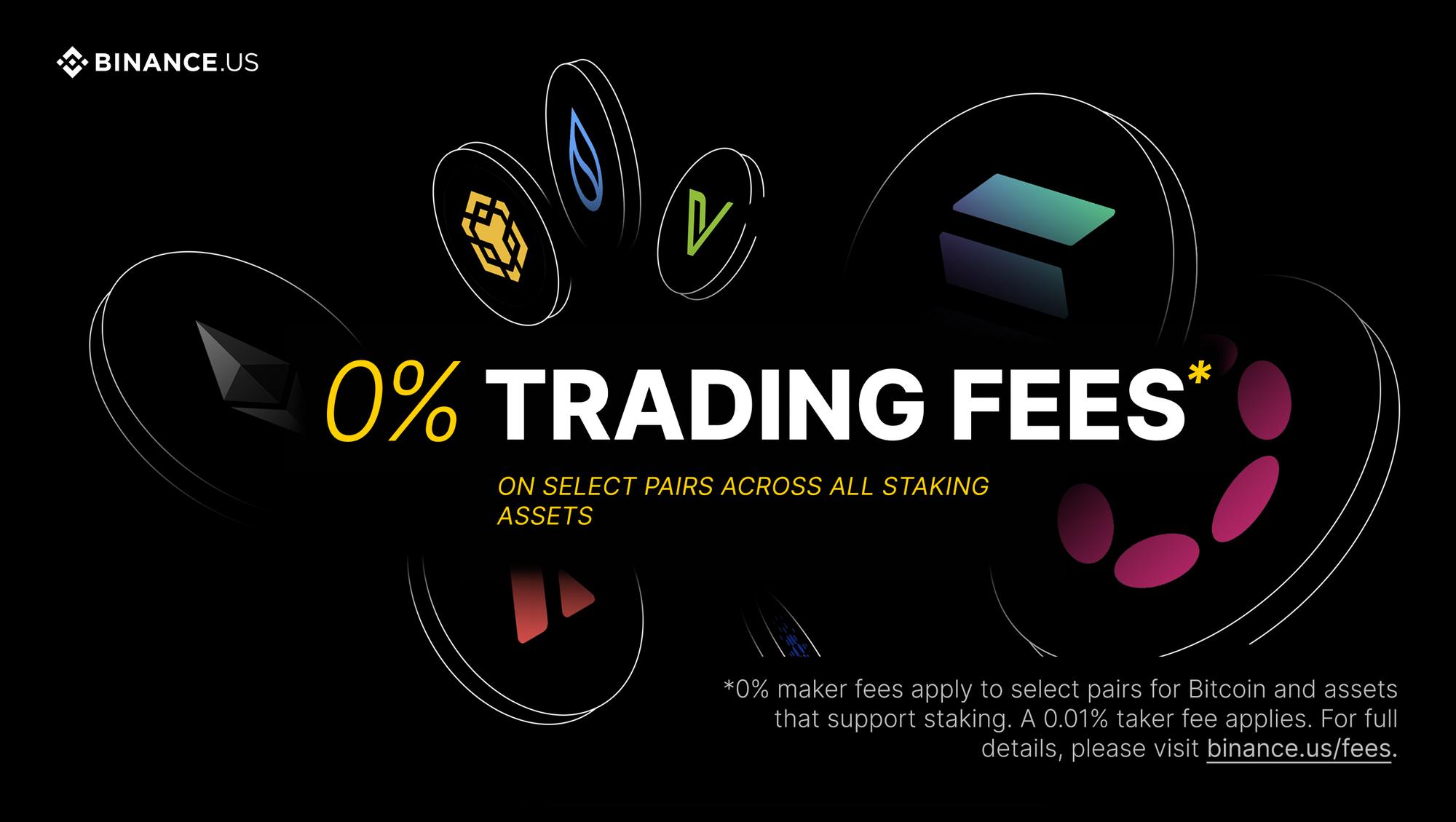
Limited Cryptocurrency Selection: Openbank currently supports only five major cryptocurrencies, while leading standalone exchanges like Binance or Coinbase offer access to hundreds of digital assets and tokens.
-
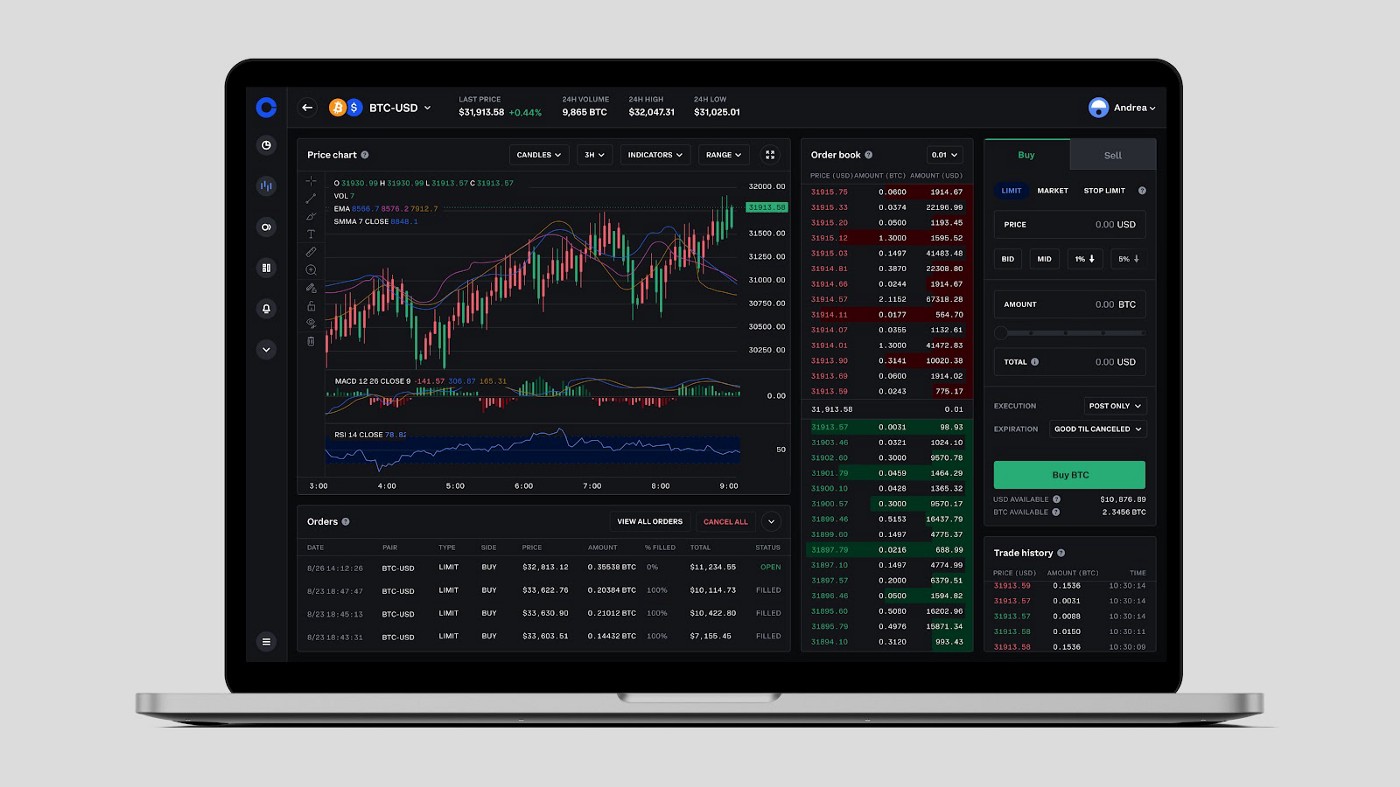
Feature Set & Trading Tools: Standalone exchanges typically provide advanced trading features (e.g., limit orders, staking, margin trading) and analytics, while Openbank focuses on simplicity and basic buy/sell functionality.
-
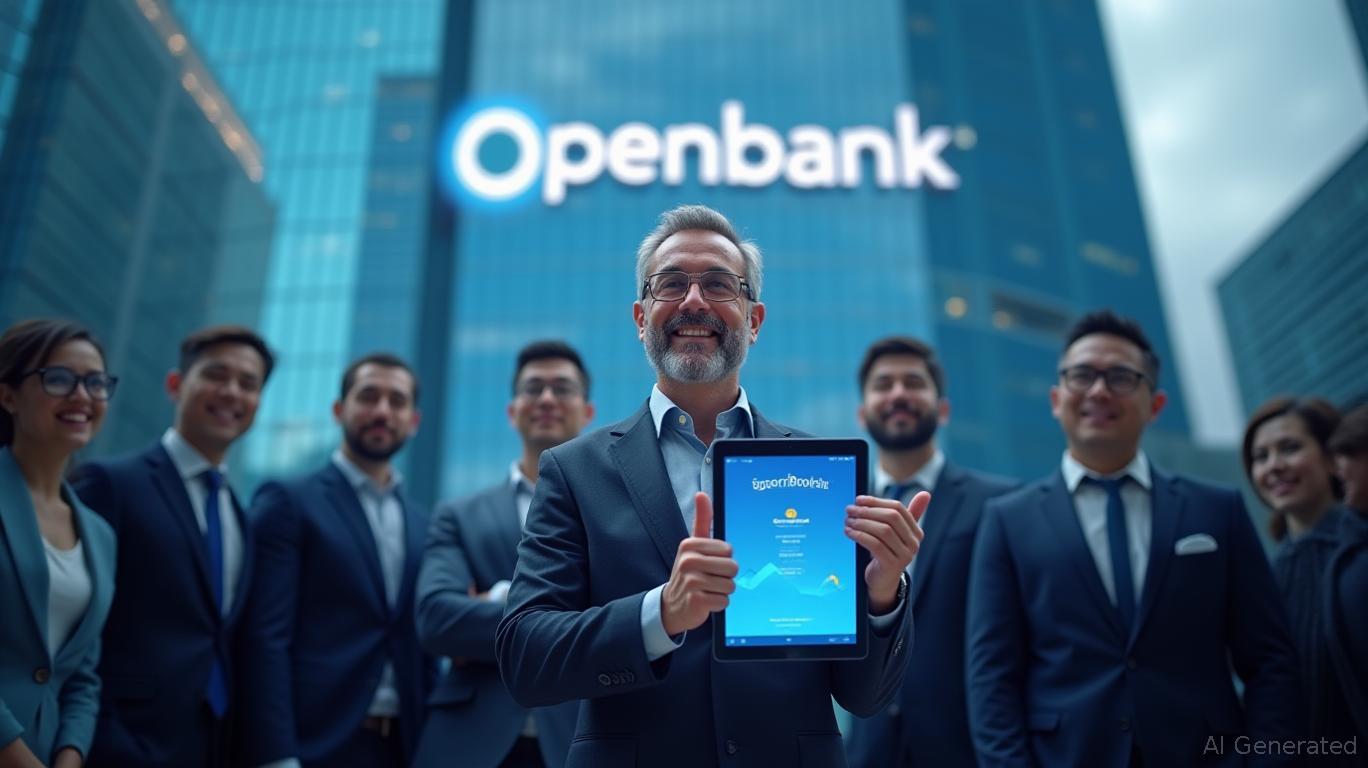
Seamless User Experience for Bank Clients: Existing Openbank customers benefit from a unified login, consolidated account management, and integrated customer service—standalone exchanges require separate onboarding and KYC processes.
-

Planned Expansion vs. Established Ecosystems: Openbank plans to add more coins and features, but leading standalone exchanges already offer a mature, diverse crypto ecosystem with extensive community support and integrations.
User Experience: Seamless Integration with Traditional Banking
The user journey is engineered for simplicity. Clients can access crypto markets directly from their familiar online banking portal or mobile app – no need to juggle multiple logins or transfer funds across platforms. This unified experience also extends to reporting; tax documentation and portfolio overviews are generated alongside other investment products.
The platform’s compliance with MiCA regulations ensures that customer protection, transparency, and operational standards are upheld at every step. For risk-conscious investors wary of unregulated offshore exchanges or convoluted onboarding processes, this level of regulatory oversight is a major draw.
Security and transparency are at the core of Openbank’s crypto offering. Clients’ digital assets are held in segregated accounts, and all transactions are executed within a MiCA-compliant framework. This not only aligns with evolving EU standards but also reduces counterparty risk compared to lesser-known platforms operating outside Europe’s regulatory umbrella.
Unlike many standalone crypto exchanges, Openbank provides integrated tax reporting and automated documentation for German residents. This is a game-changer for anyone who has struggled with tracking trades, calculating gains, or meeting local tax obligations. By consolidating both fiat and crypto portfolios under one roof, Openbank streamlines compliance and record-keeping for individuals and businesses alike.
How Does Santander Openbank Compare to Other European Crypto Banks?
When stacked against other European crypto banks, Openbank’s approach is notably conservative yet practical. Its 1.49% transaction fee is competitive with most neobanks and below the effective rates of some mainstream exchanges once withdrawal or custody fees are factored in. The absence of ongoing custody charges gives it an edge for buy-and-hold investors.
Feature-wise, the current selection of five cryptocurrencies covers the most widely adopted coins but lags behind some rivals that offer dozens or even hundreds of assets. However, Openbank’s promise to expand its coin roster and introduce direct crypto-to-crypto conversions signals a commitment to closing this gap without sacrificing compliance or user safety.
The bank’s integration with traditional investment products also stands out. Few competitors offer such a broad suite, stocks, ETFs, funds, and now crypto, all managed through a single platform. This holistic approach caters to both seasoned investors seeking diversification and newcomers looking for simplicity without compromising on security.
What’s Next? Future Roadmap and Market Impact
Santander’s move is more than just another product launch, it sets a precedent for how regulated financial institutions can safely onboard millions into digital assets across Europe. The rollout in Germany is just the beginning; expansion into Spain and other EU markets is on deck as regulatory clarity spreads under MiCA.
For now, German retail clients benefit from an easy entry point into crypto, no need to navigate offshore exchanges or worry about asset security. As new features roll out (think: staking options, more altcoins), expect Openbank to capture a larger share of Europe’s €1.8T digital asset market while pushing competitors toward higher standards of transparency and customer protection.
Top Features Users Want Next from Openbank Crypto
-
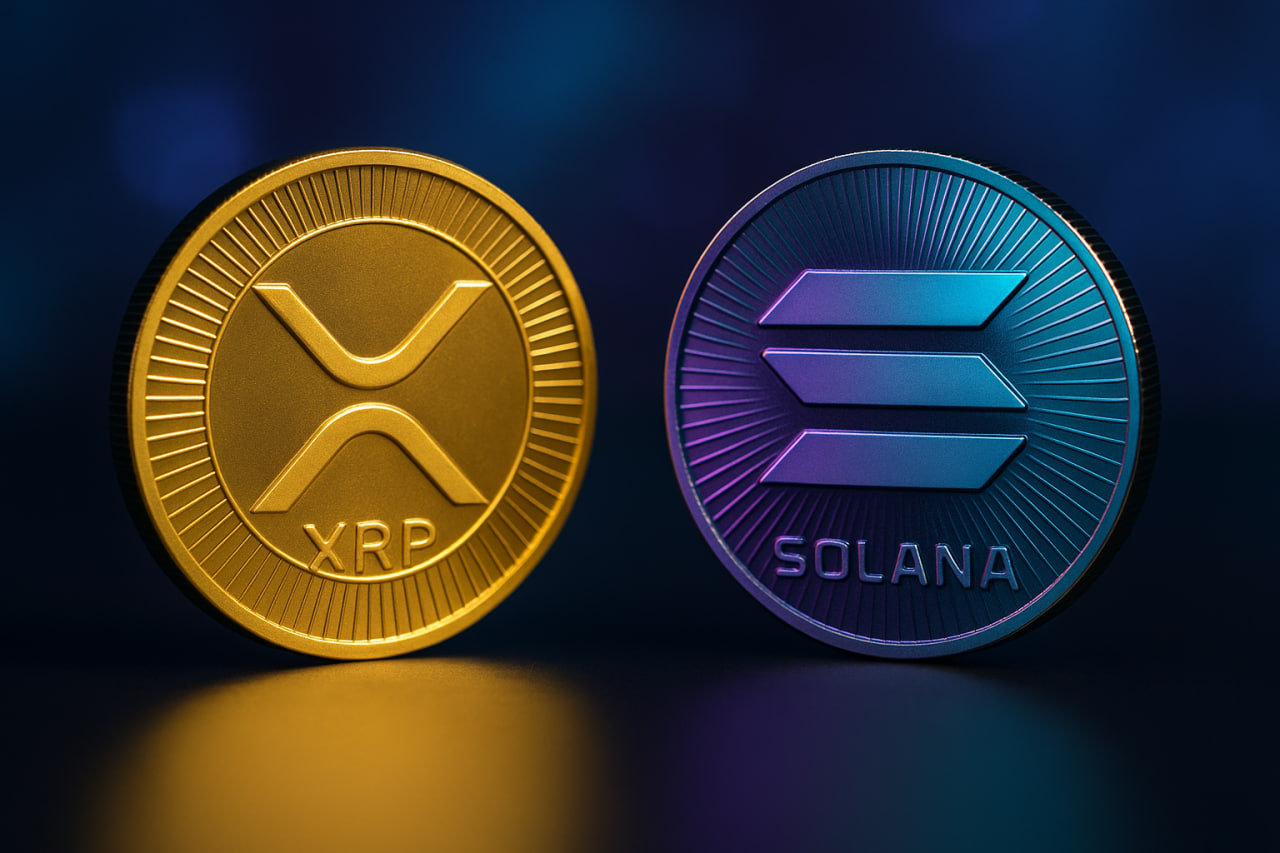
Wider Cryptocurrency Selection: Users are eager for Openbank to support more leading cryptocurrencies beyond Bitcoin, Ether, Litecoin, Polygon, and Cardano, such as Solana (SOL) and XRP.
-

Direct Crypto-to-Crypto Trading: Many want the ability to swap cryptocurrencies directly (e.g., BTC to ETH) without converting to euros first, streamlining the trading process.
-
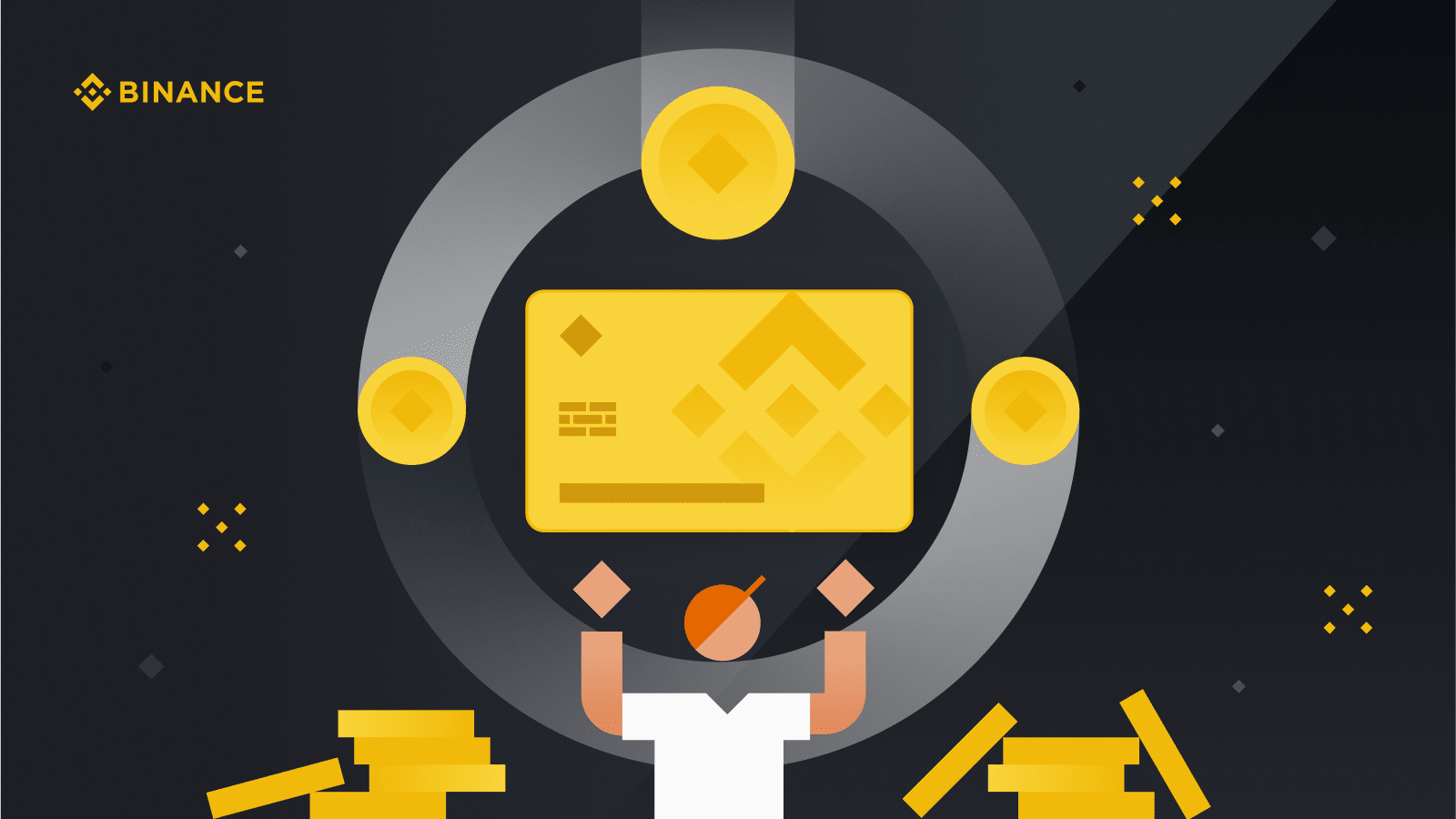
Automated Recurring Purchases (DCA): Demand is rising for features like scheduled buys, enabling users to automate regular investments in their chosen cryptocurrencies.
-
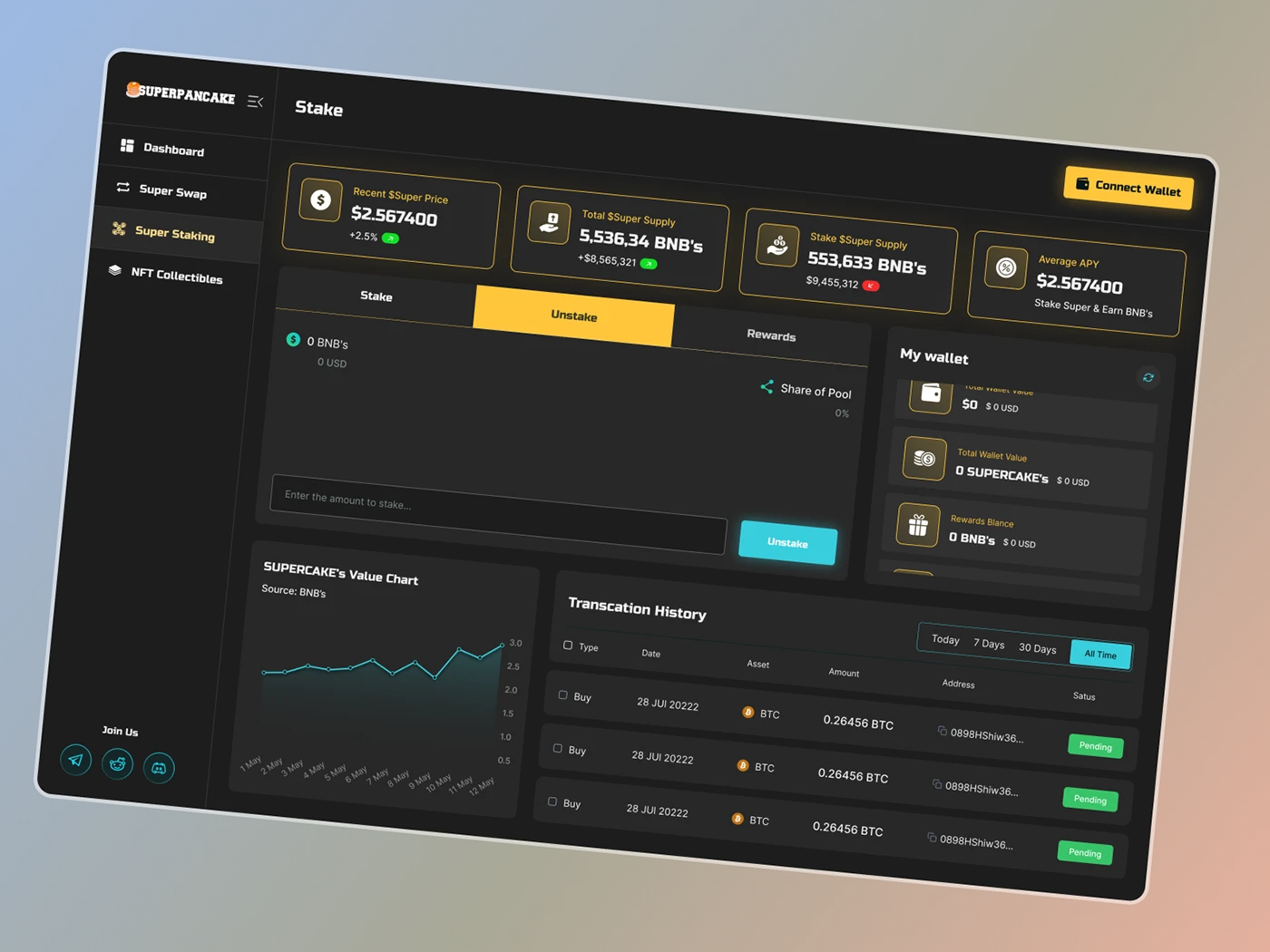
Integrated Crypto Staking: Users are requesting the option to stake supported assets (such as ETH or ADA) directly within Openbank to earn passive rewards.
-
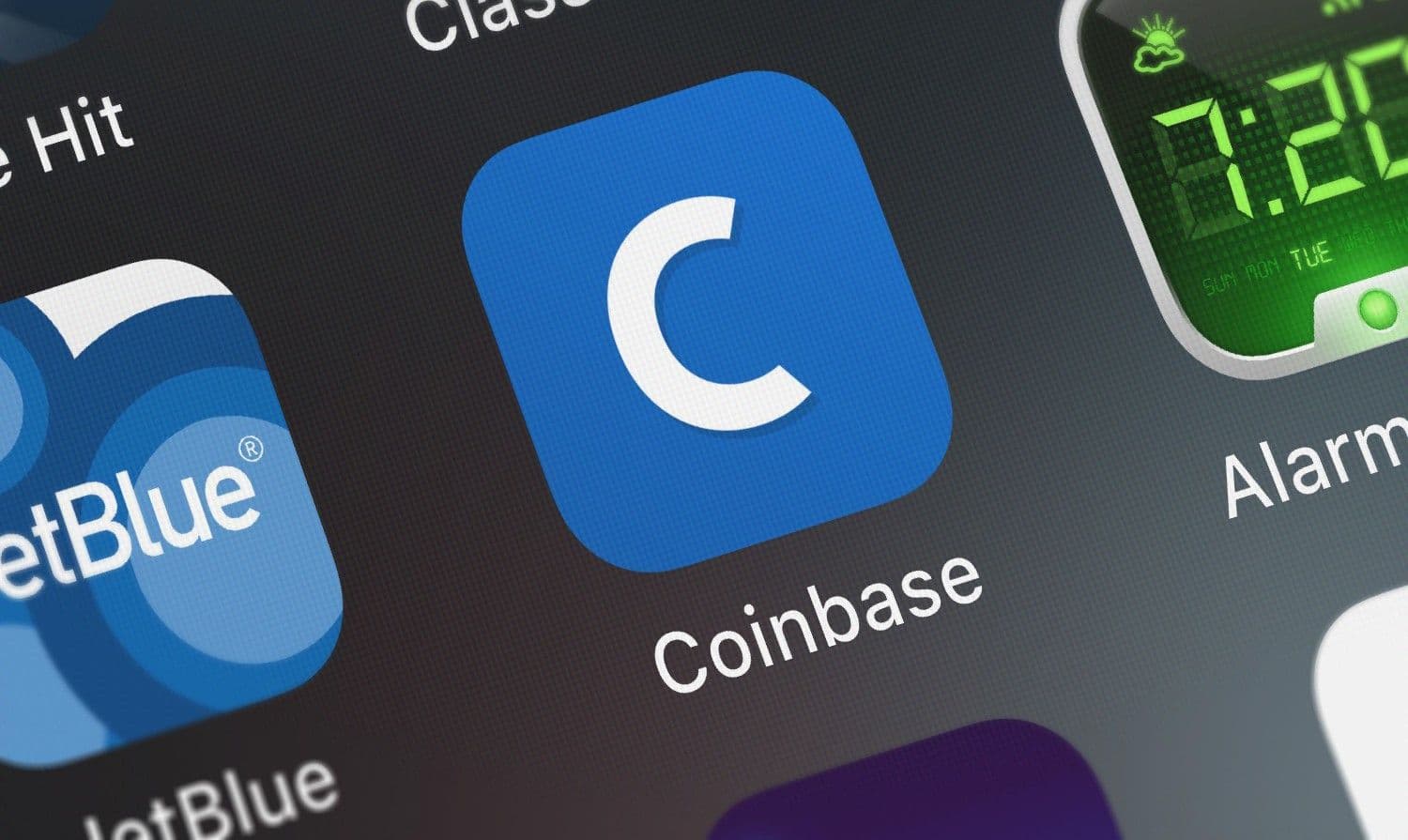
Real-Time Price Alerts & Analytics: Enhanced price notifications and in-depth analytics tools are high on users’ wishlists for smarter trading decisions.
-
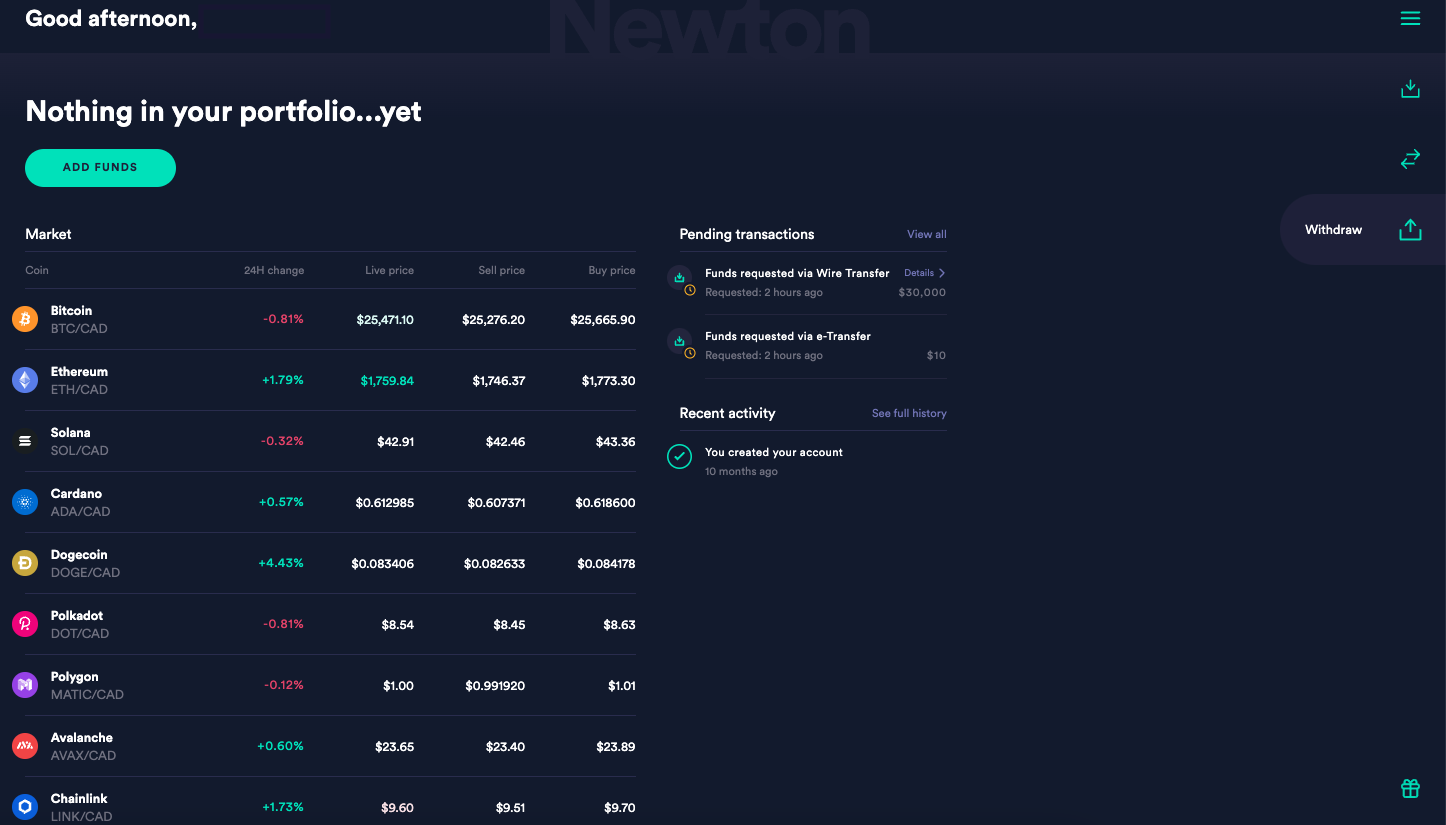
Seamless Crypto Withdrawals: Many want the ability to withdraw crypto to external wallets, not just hold assets within Openbank’s custodial system.
The bottom line? Santander Openbank is leading the charge among European banks by treating digital assets as part of mainstream finance, transparent fees, robust regulation, seamless UX, all under one trusted brand.
